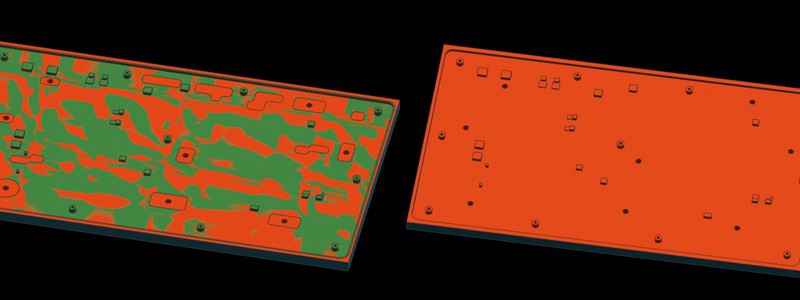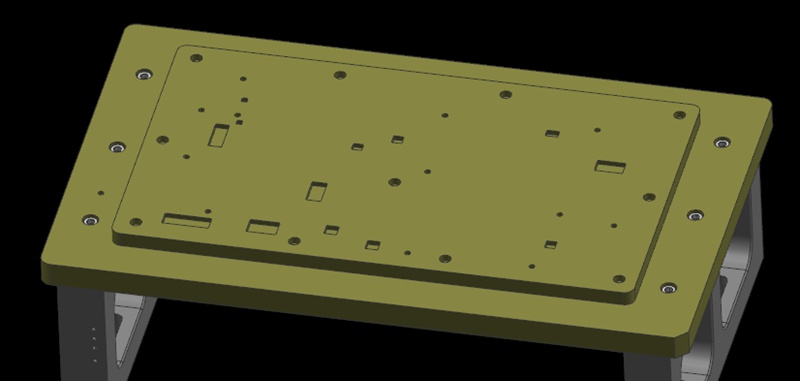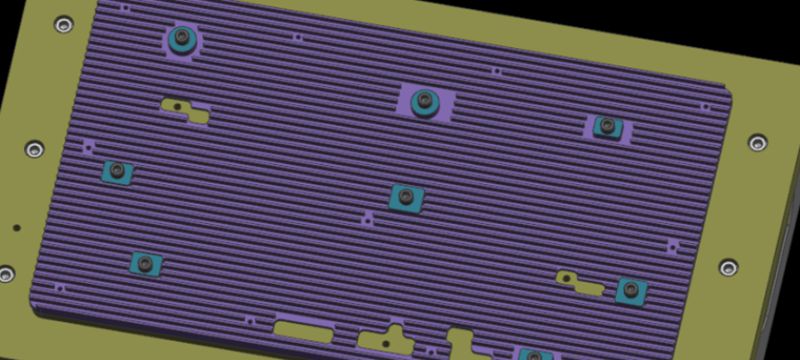권장 사항
How To Create A Prototype With Steps: An Expert Guide
A prototype is an early version or physical model of a product idea that manufacturers can test and refine before investing in mass production. It acts as a product template and provides a practical approach to understanding a product’s appearance and function before production. When developing a product, product teams create a product prototype to test the product’s usability, design, and performance, gather user feedback, identify potential issues in the early stages, and identify possib...
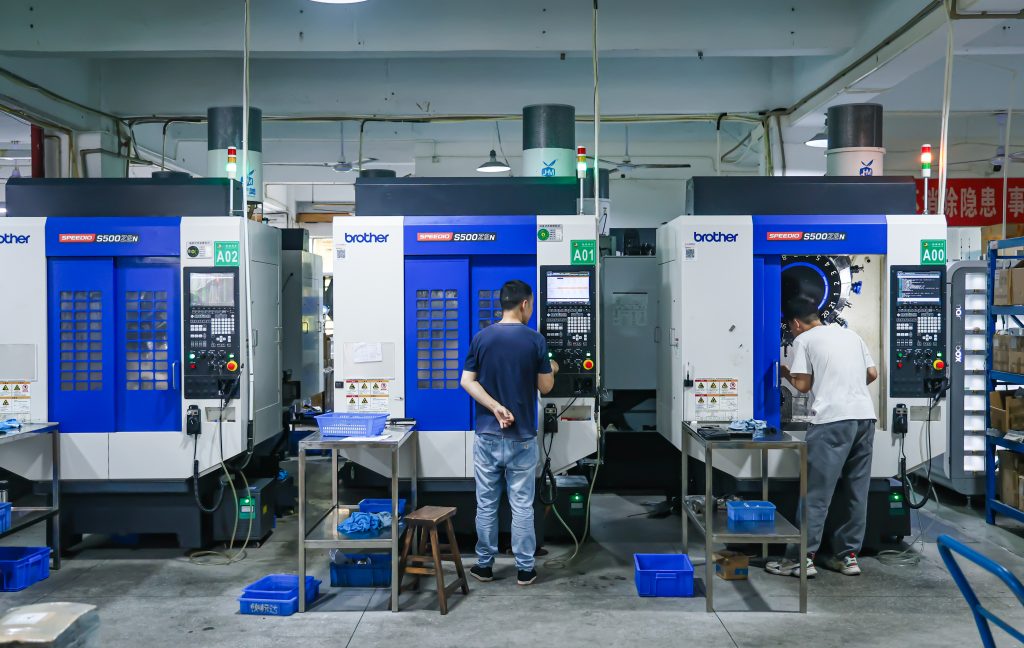
스텝 터닝과 테이퍼 터닝: 차이점은 무엇인가요?
선삭은 수세기 동안 제조 산업을 지탱해 온 기본적인 가공 작업입니다. 터닝은 계속해서 진화하고 있으며 오늘날까지도 핵심 제조 기술입니다. 이 기사에서는 선삭 가공의 두 가지 유형인 스텝 선삭과 테이퍼 선삭에 대해 설명합니다. 선삭은 기본적으로 날카로운 절삭 공구가 표면에서 재료를 제거하여 회전하는 공작물을 형성하는 절삭 작업으로, 스텝 공정과 테이퍼 선삭 공정을 살펴보고 그 차이점을 설명합니다.
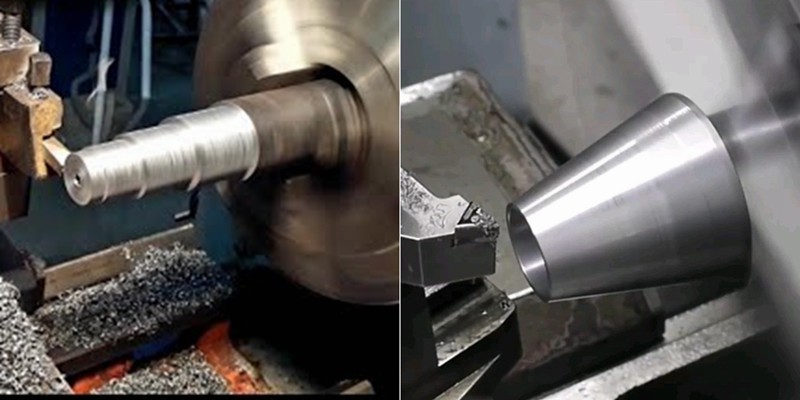
Press Fit Tolerance: Defination, Practices, And Calculation
The manufacturing industry is highly precision-centric, where even the slightest of margins can create huge differences in product quality, cost, and utility. This article discusses the topic of press fitting, where a few micrometers of deviation dictates the criterion for part failure. So, what is press fit and, the factors influencing press fit tolerancing, and present an example of a press fit calculator. We will also share some key tips to keep in mind while designing components for p...
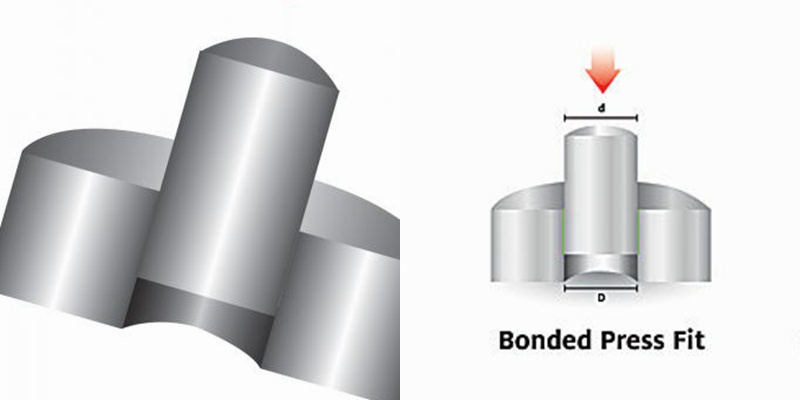
Press Fit Tolerance: Defination, Practices, And Calculation
The manufacturing industry is highly precision-centric, where even the slightest of margins can create huge differences in product quality, cost, and utility. This article discusses the topic of press fitting, where a few micrometers of deviation dictates the criterion for part failure. So, what is press fit and, the factors influencing press fit tolerancing, and present an example of a press fit calculator. We will also share some key tips to keep in mind while designing components for p...

 심천 워싱 기술 유한공사
심천 워싱 기술 유한공사
